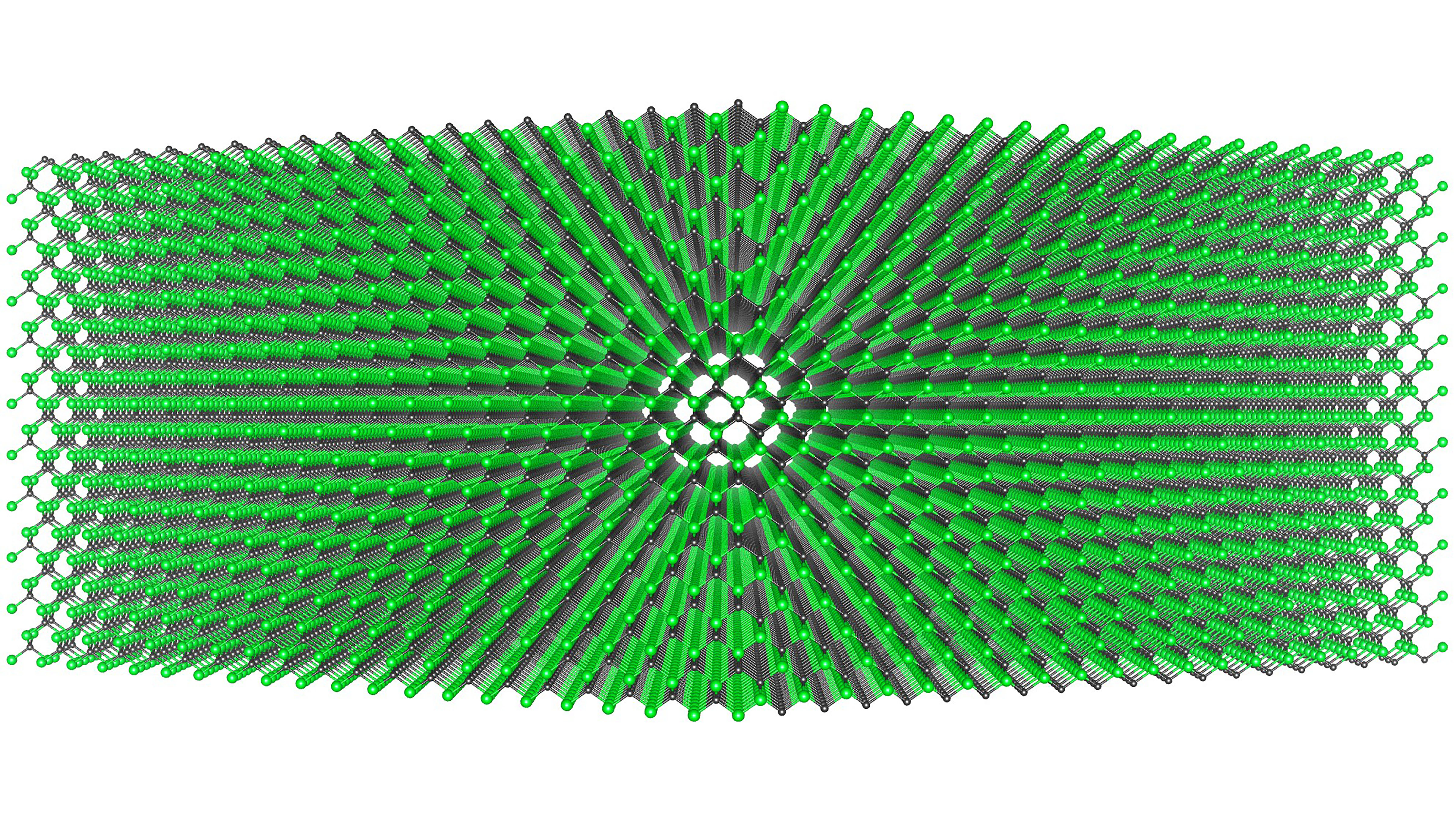Researchers at the Georgia Institute of Technology have developed a new graphene-based nanoelectronics platform that could be the key to finding a successor to silicon. The team may have also discovered a new quasiparticle. Their discovery could lead to manufacturing smaller, faster, more efficient, and more sustainable computer chips, and has potential implications for quantum and high-performance computing.
Tag: Nanoelectronics
First Atomic View of a Quantum Electronic Device in Operation
For the first time, researchers have used ultrafast electron diffraction to observe a quantum electronic device as it operates. Researchers observed atomic-level changes in the vanadium dioxide switch over millionths of a second, leading to the discovery of a short-lived intermediate state. The results may aid in the development of high-speed, high-efficiency quantum electronics and in the use of pulsed electric fields to create new engineered materials.

Emerging Wide Bandgap Semiconductor Devices Based on Silicon Carbide May Revolutionize Power Electronics
Silicon plays a central role within the semiconductor industry for microelectronic and nanoelectronic devices, and silicon wafers of high purity single-crystalline material can be obtained via a combination of liquid growth methods. In Applied Physics Reviews, researchers describe the atomic mechanisms governing extended defect kinetics in cubic silicon carbide, which has a diamondlike zincblende crystal structure that manifests stacking and anti-phase instabilities. The study pinpoints the atomistic mechanisms responsible for extended defect generation and evolution.

Gordon Bell Finalist Team Tackles Transistors with New Programming Paradigm
A team simulated a 10,000-atom 2D transistor slice on the Summit supercomputer and mapped where heat is produced in a single transistor. Using a new data-centric version of the OMEN nanodevice simulator, the team sustained the code at 85.45 petaflops and earned a Gordon Bell Prize finalist nomination.